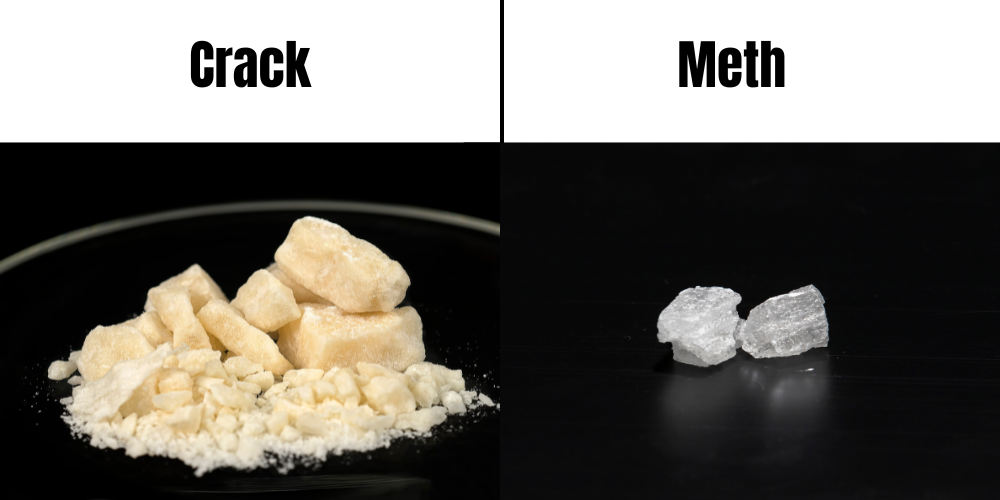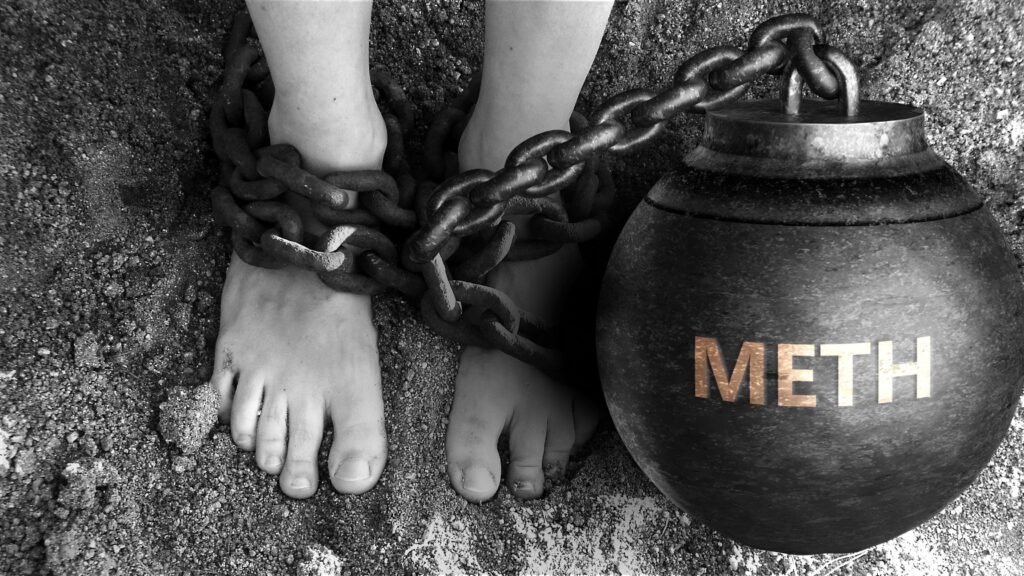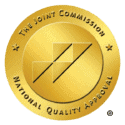Understanding the Speedball Drug Cocktail
Comedians John Belushi, Chris Farley, and Mitch Hedberg are among the many people who have died of drug overdoses that involved heroin and cocaine. Unfortunately, this dangerous combination, known as a speedball, remains popular among those seeking a specific type of recreational high.
What is the Speedball Drug?
A speedball drug, or a speedball, is a combination of a depressant (typically an opioid) and a stimulant. Taking drugs in this manner is also known as speedballing.
Perhaps the most well-known speedball drug is heroin mixed with cocaine, which is often delivered via IV injection. In other types of speedball drugs, amphetamine or methamphetamine may substitute for cocaine, and prescription painkillers may replace heroin.
Regardless of the drug combination, speedball abuse is extremely risky and can lead to overdose and death.
Why Do People Use the Speedball Drug Concoction?
It’s impossible to identify every influence that could lead someone to use speedball drugs. However, one of the most common reasons that people have given is that the combination of powerful stimulants and depressants leads to a more intense high than they could experience by taking either substance on its own.
People who abuse heroin or other opioids often struggle to stay awake, a phenomenon sometimes called “nodding out.” Adding cocaine or another stimulant may be a misguided attempt to stay awake longer, so the individual can enjoy the euphoric rush of opioids for an extended period of time.
Unfortunately, the “logic” behind this approach doesn’t account for the dangerous ways that these drugs can interact with each other and harm the person who takes them.
Dangers of Speedballing
As we noted earlier in this post, the greatest danger of speedballing is death. But that isn’t the only negative outcome that has been associated with this type of substance abuse.
The following are examples of the many other possible short- and long-term dangers of speedballing:
- Addiction
- Confusion and disorientation
- Panic
- Paranoia
- Cognitive impairments
- Exposure to HIV/AIDS, hepatitis, and other bloodborne diseases
- Weakening of the heart muscle
- Heart attack
- Liver and kidney damage
- Seizures
- Stroke
- Onset of co-occurring mental health concerns
- Being arrested, fined, and jailed
- Job loss and long-term unemployment
- Financial devastation
- Social isolation
- Suicidal ideation
It is difficult to overstate the level of damage a person can incur if they continue to abuse speedball drugs. When this behavior causes a person to become addicted, they may be unable to curtail their speedball use on their own, which can put them in ongoing jeopardy.
How Can You Stop Speedballing?
Once a person has developed an addiction, ending their speedball use often involves a combination of medication and therapy.
Some prescription medications can ease withdrawal symptoms, which can make it easier for someone to stop using stimulants or opioids. In addition, medication can be beneficial if a person’s speedball addiction is accompanied by certain co-occurring mental health conditions.
The therapeutic part of speedball addiction treatment helps people acquire the skills and make the lifestyle changes needed for successful recovery.
During addiction therapy services, participants can learn about the disease of addiction, identify their triggers (circumstances that could push them back into active substance use), and develop the ability to manage difficult emotions without resorting to speedballing or other self-defeating behaviors.
Treatment Options
Individuals who are seeking help for speedball addiction have a variety of options. While there’s no single perfect course of treatment that works for everyone, many people benefit from spending time in one or more of the following programs:
- Detoxification: If a person has been unable to get through withdrawal on their own, they may need to begin their treatment with detox. Detox is a short-term program where patients can receive both medical and therapeutic support. This helps them ease their distress as they rid their bodies of cocaine, heroin, and other dangerous substances.
- Inpatient rehab: Many people transition from detox into inpatient rehab. At this level, patients live at the center where they are receiving care. In addition to multiple forms of therapy, inpatient rehab also offers round-the-clock support to help people gain a solid foothold in early recovery.
- Outpatient care: Outpatient treatment for addiction may also feature an array of therapies and support services, but it does not offer a residential component. Depending on the needs of the individual and the structure of the program, people who are in outpatient care may work part-time, take classes, volunteer, and otherwise begin to reintegrate into their community.
Some patients step down to the outpatient level for additional support after they’ve completed inpatient rehab. Additionally, others transition directly from detox to outpatient care or enter treatment directly at the outpatient level.
Remember: There’s no “right” way to recover from speedball addiction. When you’re seeking professional care to help you end your abuse of speedball drugs, focus on finding a provider who can assess the full scope of your needs, then develop an individualized plan just for you.
Contact Our Drug Rehab Facility in Los Angeles, CA
Sanctuary Treatment Center offers a full continuum of customized care for adults who have become addicted to substances. Our drug rehab facility in Los Angeles, California, is a safe and welcoming place where you can take significant steps toward a much healthier and more hopeful life, free from the constraints of compulsive substance abuse.
To learn more about our programs and services, or to schedule a free assessment for yourself or a loved one, please visit our Contact Us page or call our center today.

















